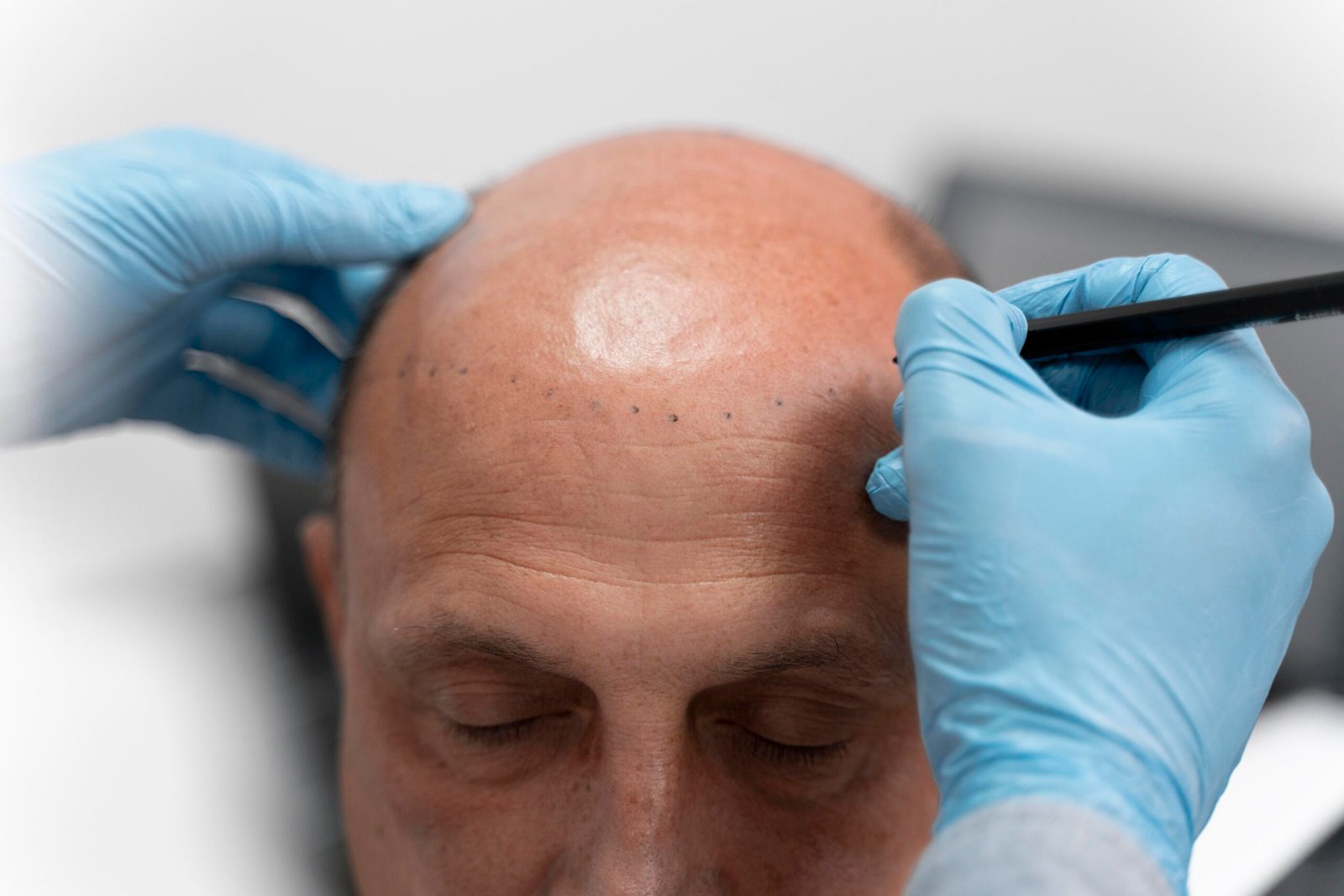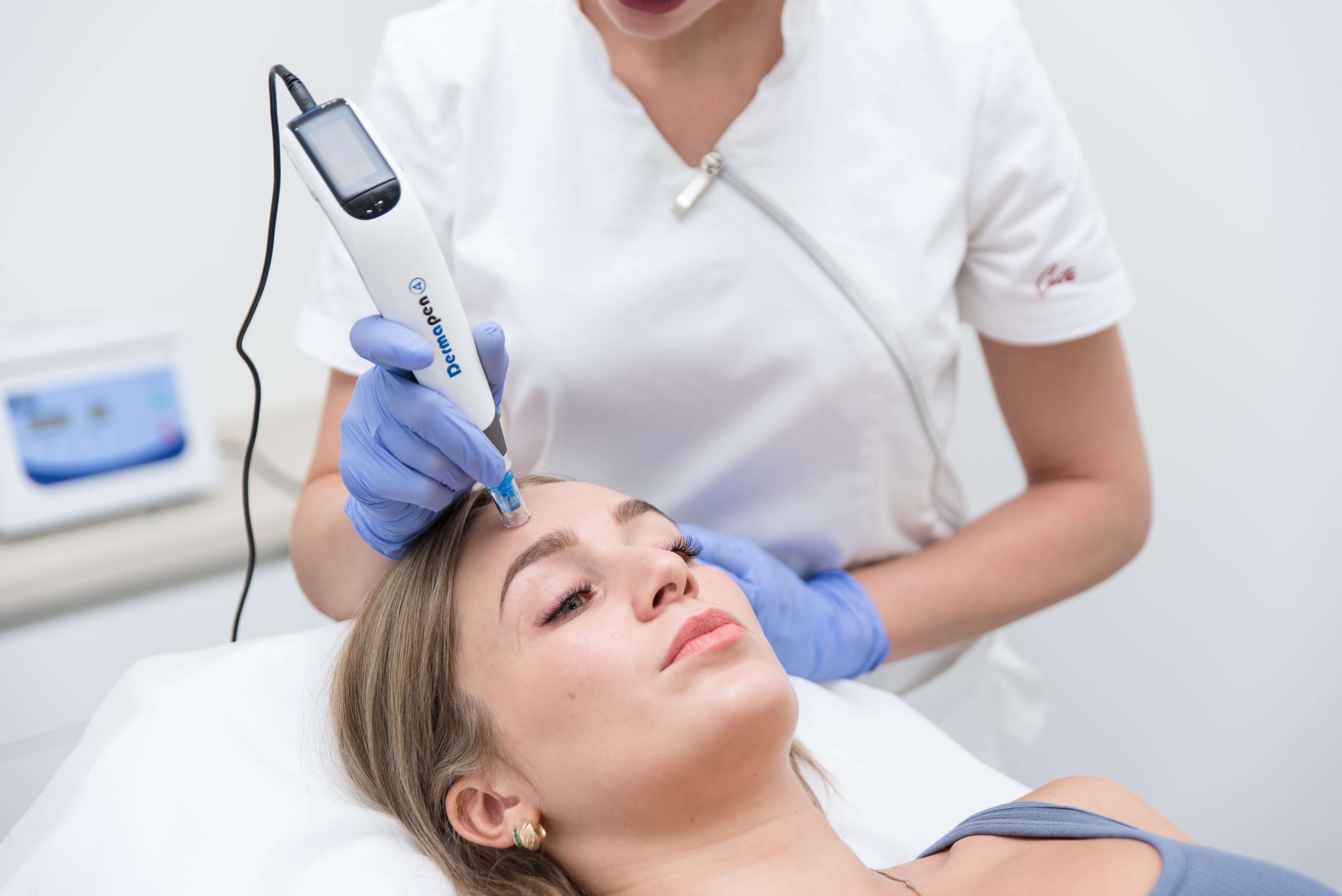Scalp micropigmentation (SMP) and traditional tattoos are both popular methods of body art, but they serve different purposes and utilize distinct techniques. Understanding their fundamental differences is essential for those considering SMP as a solution for hair thinning or loss. While tattoos are primarily designed for artistic expression or decorative purposes, SMP is a specialized procedure aimed at creating the appearance of a fuller scalp by replicating hair follicles. Scalp Micropigmentation in Abu Dhabi has gained recognition for its innovative approach to hair restoration, making it a sought-after choice among individuals seeking non-invasive hair solutions.
Differences in Technique and Purpose
Technique and Application
Traditional tattoos involve injecting ink into the dermal layer of the skin using needles, resulting in permanent markings that can vary in color and detail. The process covers larger areas and often features vibrant, bold colors, which may not be suitable for simulating hair. Conversely, SMP employs fine needles to deposit pigment into the scalp’s upper dermal layer, creating tiny, hair-like dots. This meticulous technique allows for a natural appearance that mimics the look of hair follicles, especially in cases of thinning or receding hairlines.
Intended Outcomes and Functionality
While tattoos are primarily decorative, SMP is a specialized cosmetic procedure designed to restore a natural hairline, conceal scars, or give the illusion of density. The goal of SMP is not to change the skin’s appearance for artistic reasons but to enhance the scalp’s aesthetic by creating the illusion of thicker hair. This distinction highlights the functional purpose of SMP compared to traditional tattoos, making it a more tailored solution for hair-related concerns.
Aesthetic Results and Longevity
Visual Impact and Natural Appearance
The success of SMP hinges on its ability to produce a realistic and natural-looking hairline. Skilled practitioners tailor the pigment density, shade, and pattern to match the individual’s natural hair color and scalp tone. The dots created through SMP are subtle and strategically placed, resulting in an appearance that seamlessly blends with existing hair. Unlike tattoos, which often have bold lines and vibrant colors, SMP aims for a softer, more nuanced result that closely resembles natural hair.
Durability and Maintenance
Both tattoos and SMP are designed to be long-lasting, but SMP typically involves pigments that fade gradually over time, requiring touch-up sessions to maintain optimal appearance. The longevity of SMP depends on various factors, including skin type, lifestyle, and exposure to elements like sun and water. Proper aftercare and periodic touch-ups ensure that the results remain fresh and natural-looking, emphasizing the importance of ongoing maintenance in SMP procedures.
Advantages of Scalp Micropigmentation Over Traditional Tattoos
Specificity and Customization
One of the main advantages of SMP is its high level of customization. Practitioners can simulate various hair styles, densities, and hairlines to suit individual preferences. The technique allows for precise control over the density and pattern, resulting in a tailored look that mimics natural hair growth more effectively than standard tattoos.
Non-Invasive and Minimal Downtime
SMP is a minimally invasive procedure that involves no surgical incisions or significant downtime. This makes it a convenient option for individuals seeking quick results with minimal disruption to their daily routines. In contrast, some tattoo procedures may require longer healing times, especially for larger or more detailed designs.
Camouflage and Confidence Boost
SMP effectively camouflages scalp scars from surgeries like hair transplants or injuries, providing a seamless appearance. The procedure enhances self-confidence by restoring a more youthful and fuller look without the need for hairpieces or extensive surgical interventions. This aspect makes SMP an appealing alternative for those looking for a non-surgical solution.
Cost-Effectiveness and Long-Term Considerations
Comparing Value and Investment
While the initial investment for SMP may be higher than traditional tattoos, its targeted approach for hair restoration often results in better long-term satisfaction for individuals seeking to improve their hairline. The ability to customize and adjust the results through touch-ups adds to its value. Additionally, SMP’s durability and natural appearance can make it a cost-effective choice over time compared to ongoing hair treatments or cosmetic procedures.
Maintenance and Future Touch-Ups
Both tattoos and SMP require maintenance, but SMP’s specific pigments and technique mean that periodic touch-ups are essential to sustain the desired aesthetic. These sessions help refresh the pigment and ensure the scalp maintains a consistent, natural look as the skin ages or pigments fade.
Conclusion: Is SMP Better Than Traditional Tattoo?
Deciding whether Scalp Micropigmentation Abu Dhabi is better than a tattoo depends on individual goals and expectations. For those seeking a realistic, non-invasive solution to hair loss or thinning, SMP offers tailored, natural-looking results with minimal downtime. Its focus on replicating hair follicles makes it superior in achieving a youthful, full-haired appearance compared to traditional tattoos, which are designed for artistic expression rather than cosmetic enhancement. Ultimately, consulting with a trained specialist can help determine the most suitable approach based on personal needs and desired outcomes.
Frequently Asked Questions (FAQs)
1. How does scalp micropigmentation differ from a regular tattoo?
Scalp micropigmentation is specifically designed to simulate hair follicles and create a natural hairline, whereas regular tattoos are artistic body art that covers larger areas with vibrant colors and bold designs. SMP uses fine needles and pigments tailored for scalp aesthetics, offering a subtle, realistic appearance.
2. Can SMP be customized to match my hair color and style?
Yes, skilled practitioners customize the pigment color, density, and pattern to match your natural hair color and desired style, ensuring a seamless and natural look that complements your existing hair.
3. How long does the SMP procedure typically take?
The process usually involves multiple sessions, each lasting a few hours, depending on the extent of the area being treated. Most clients require 2-4 sessions for optimal results, with some follow-up touch-ups needed over time.
4. Is scalp micropigmentation suitable for all types of hair loss?
SMP is most effective for individuals with thinning hair, receding hairlines, or scars. It may not be suitable for complete baldness or certain scalp conditions, so consulting a specialist can help determine if SMP is appropriate for your specific situation.




